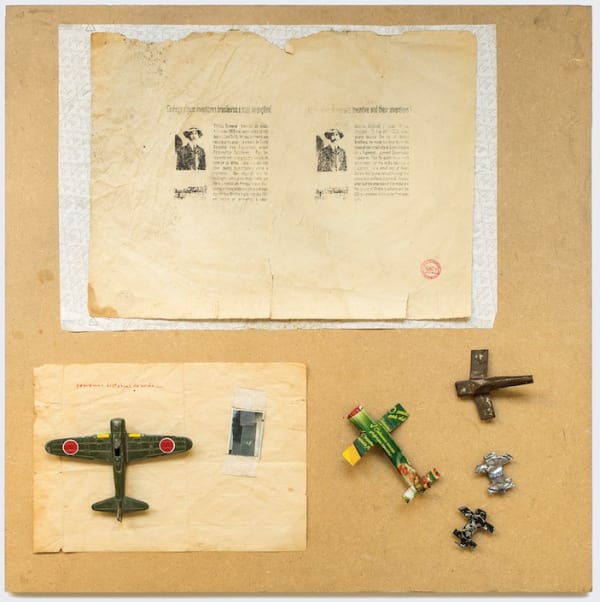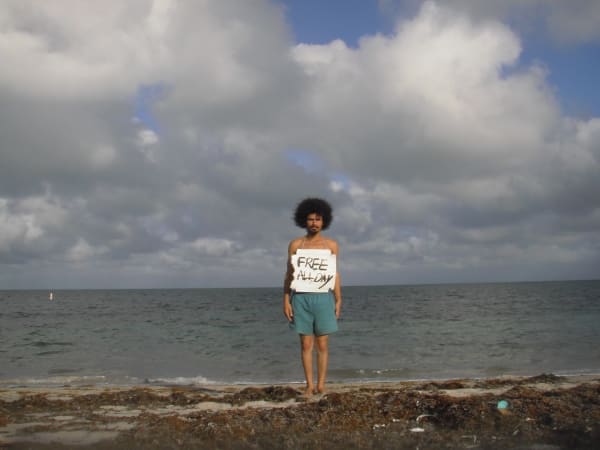Permanent Playfulness, curated by Camilla Barella
Past exhibition
Overview
Mendes Wood DM is delighted to present English artist Michael Dean’s first exhibition in Brazil, Sounds of Fucking, Sounds of Dying. The exhibition gathers nearly fifteen sculptures and marks the opening of the gallery’s new space in Vila Romana. Occupying the space with an almost megalithic solemnity, Dean’s sculptures in cast concrete shudder, fold, and lilt along the walls, some standing free like cairns – firm but with an air of precariousness. Similar to cairns or megaliths, the sculptures have a wilderness to them, as though they adhered jointly to concept and landscape, blending symbol and nature with no hint of separation.
In this human life, sex and death are both foundational experiences that exist in a realm in excess of language. Dean has chosen Ns and Hs as his typographical portrait of an expression on the verge of intelligence, full of consciousness and yet withheld from meaning. Great runes, the sculptures are fronted with typographic indentations and backed with long, organic strokes made by the artist’s hand; a two-faced coin, formal and rigid on one side and organic and gestural on the other. Set atop one sculpture or another are gigantic tongues more flesh than utterance, they brood silently here and there. A green tongue is positioned playfully high above the gallery’s entrance, demarcating the beautiful space between form and language. As if to ask, what is the flesh made word?
Ns and Hs sound like sex or the noises we issue when dying, Dean sets them out like symbols of the pre-conceptual mind – page-holders for a space in our experience that we cannot describe. Shakespeare also did this, embedding the great tragic exclamation O! in the names of his characters Othello and Ophelia. When the expression of pain exceeds conceptual language, a sound may hold more than a word.
Towards the entrance of the exhibition a book full of sequences of Ns and Hs is set atop a table. Printed aleatorically in strains of alternating characters, the pages could be the bones of a sonnet or a binary coding that underwrites linguistic expression. Like the sculptures that they describe, they are whole in fragments, enduring and ruinous pieces of some ancient pottery, which when smashed into pieces becomes verily indestructible – so too the phonemes, iterations they enclose, are like the hard nibs of language deconstructed into its atomic durability.
In this human life, sex and death are both foundational experiences that exist in a realm in excess of language. Dean has chosen Ns and Hs as his typographical portrait of an expression on the verge of intelligence, full of consciousness and yet withheld from meaning. Great runes, the sculptures are fronted with typographic indentations and backed with long, organic strokes made by the artist’s hand; a two-faced coin, formal and rigid on one side and organic and gestural on the other. Set atop one sculpture or another are gigantic tongues more flesh than utterance, they brood silently here and there. A green tongue is positioned playfully high above the gallery’s entrance, demarcating the beautiful space between form and language. As if to ask, what is the flesh made word?
Ns and Hs sound like sex or the noises we issue when dying, Dean sets them out like symbols of the pre-conceptual mind – page-holders for a space in our experience that we cannot describe. Shakespeare also did this, embedding the great tragic exclamation O! in the names of his characters Othello and Ophelia. When the expression of pain exceeds conceptual language, a sound may hold more than a word.
Towards the entrance of the exhibition a book full of sequences of Ns and Hs is set atop a table. Printed aleatorically in strains of alternating characters, the pages could be the bones of a sonnet or a binary coding that underwrites linguistic expression. Like the sculptures that they describe, they are whole in fragments, enduring and ruinous pieces of some ancient pottery, which when smashed into pieces becomes verily indestructible – so too the phonemes, iterations they enclose, are like the hard nibs of language deconstructed into its atomic durability.
Works
Installation Views





